Low Dose Nicotine Pouches: A Comprehensive Guide for Buyers and Distributors
Low Dose Nicotine Pouches
Low dose nicotine pouches are rapidly emerging as a preferred alternative to traditional nicotine products, offering a discreet, tobacco-free, and combustion-free experience. Designed for health-conscious users and compliant with international regulatory frameworks, these pouches are gaining traction among markets with strict tobacco control laws.
With rising consumer interest and growing demand for customized, controlled-nicotine solutions, low dose pouches represent a high-growth opportunity for distributors, private-label brands, and OEM clients seeking to diversify their product offerings.
This report explores global industry trends, manufacturing processes, technology variations, brand differentiation, and supplier selection strategies—empowering B2B buyers to make informed sourcing decisions.
1. Industry Background and Trends
The global nicotine pouch sector is undergoing rapid transformation, projected to grow at a CAGR exceeding 20% between 2023 and 2028. Within this space, low dose pouches stand out for their ability to balance efficacy with compliance and consumer comfort.
Key Market Drivers:
-
Health-Conscious Consumer Shift:
Users increasingly seek reduced-risk nicotine delivery systems that eliminate tobacco and smoke exposure. Low dose pouches cater to light or transitioning users looking to moderate their intake. -
Compliance with International Regulations:
With bans or restrictions on combustible tobacco expanding globally, low dose pouches offer a versatile, legally viable alternative across multiple regions. -
Demand for Convenience:
Urban lifestyles and on-the-go consumption have driven demand for portable, discreet, and mess-free nicotine options like pouches.
Emerging and Growth Markets:
-
Mature markets: United States, Sweden, Germany
-
Fast-growing markets: Japan, South Korea, South Africa, UAE
For distributors and OEM clients, low dose nicotine pouches offer a pathway to product innovation while aligning with shifting regulatory landscapes and evolving consumer behavior.
2. Production Process of Low Dose Nicotine Pouches
Creating high-quality nicotine pouches requires a precision-driven, highly controlled production environment. Below is a breakdown of the key manufacturing stages:
A. Nicotine Sourcing and Purification
Production begins with pharmaceutical-grade nicotine, either naturally extracted from tobacco or synthesized. The nicotine is formulated to deliver low, controlled dosages, often between 1mg and 3mg per pouch.
B. Blending and Flavor Engineering
Nicotine is blended with food-grade fillers (like plant fibers or cellulose), sweeteners, pH balancers, and natural or artificial flavorings. Popular profiles include mint, coffee, citrus, and tropical fruit.
C. Encapsulation and Pouching
The nicotine blend is packed into porous, biodegradable or medical-grade fiber pouches. Automated pouching machinery ensures:
-
Weight accuracy
-
Even fill distribution
-
Seal integrity
D. Quality Assurance Testing
Every batch undergoes rigorous testing for:
-
Nicotine content precision
-
Pouch durability
-
Flavor consistency
-
Moisture and shelf stability
E. Packaging and Labeling
Pouches are sealed in moisture-resistant tins or cans and clearly labeled with dosage, ingredients, and regulatory disclaimers, meeting the requirements of local and export markets.
For consistent results and regulatory readiness, partnering with a manufacturer like Snuff Factory ensures scalable production, white-label flexibility, and GMP-compliant operations.
3. Brand, Origin, Equipment, and Technology Differences
Understanding product and supplier differences is essential when sourcing low dose nicotine pouches for white label or distribution purposes.
A. Brand and Market Positioning
Premium brands focus on:
-
Precision in nicotine delivery
-
High-end packaging
-
Flavor complexity and smoothness
-
Clean-label, tobacco-free positioning
For buyers, choosing manufacturers aligned with this branding strategy can help target health-conscious, urban, and wellness-focused demographics.
B. Country of Origin and Expertise
-
Scandinavia (Sweden, Denmark): Industry pioneers with strong regulatory frameworks
-
United States: Innovation-focused with fast scalability and branding flexibility
-
Asia (China, South Korea): High-volume capabilities, cost-efficiency, and rapid product development
C. Equipment and Manufacturing Technology
Modern pouch manufacturers use:
-
Automated dosing and pouching lines
-
Vacuum-sealed filling systems
-
Flavor encapsulation technologies
-
Compliance-ready packaging lines
Facilities originally used for nicotine gum production have evolved to meet pouch-specific standards with greater speed and consistency.
D. White Label and OEM Customization
Buyers entering the market under private brands should prioritize suppliers offering:
-
Flexible flavor and strength customization
-
Tailored packaging formats (slim cans, recyclable containers, biodegradable options)
-
Full OEM support from formulation to fulfillment
Snuff Factory is an example of a manufacturing partner that supports turnkey solutions for brand owners and wholesale clients.
4. How to Choose a Reliable Supplier (Echi Nicotine Bag Manufacturer)
Entering the nicotine pouch market requires a strategic partnership with a manufacturer that understands not just production, but compliance, innovation, and brand support.
A. Certifications and Track Record
-
Verify GMP, ISO 22000, or HACCP certifications
-
Assess experience in low-dose pouch production
-
Ask for references or case studies with previous B2B clients
B. Facility Capabilities and Scalability
Confirm whether the supplier can:
-
Scale production quickly
-
Handle multiple SKUs and dosage levels
-
Maintain product consistency across batches
C. OEM and White Label Solutions
Echi offers tailored white label services, including:
-
Flavor and strength variation
-
Custom branding, packaging, and labeling
-
Regulatory support for regional markets
D. Regulatory and Legal Readiness
Ensure your supplier:
-
Keeps abreast of global and regional nicotine laws
-
Provides compliant labeling and documentation
-
Offers legal formulation adjustments for market-specific regulations
E. Logistics and Post-Sale Support
Key criteria for global distribution include:
-
On-time delivery and tracking
-
Multi-lingual customer service
-
Reorder responsiveness and MOQ flexibility
A supplier like Echi provides full-spectrum support, from product development to international delivery, making them a solid partner for buyers scaling across borders.
Final Suggestions
As the global market continues to shift toward low-impact, customizable nicotine formats, low dose nicotine pouches are poised to dominate both mainstream and niche segments.
For buyers and distributors aiming to enter this category or expand existing portfolios, we recommend:
-
Monitoring regional demand and adapting product strengths accordingly
-
Building partnerships with certified, technology-driven manufacturers
-
Leveraging white-label or OEM services to accelerate market entry and brand differentiation
-
Prioritizing long-term relationships with suppliers offering compliance assurance and innovation pipeline access
To explore tailored manufacturing and distribution solutions, visit Snuff Factory and connect with the Echi team. Their expertise in nicotine pouch production and OEM fulfillment can help position your business at the forefront of tomorrow’s nicotine industry.


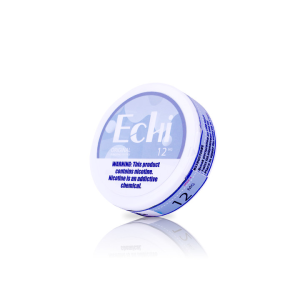
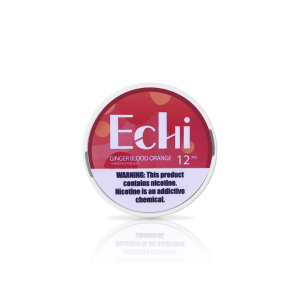
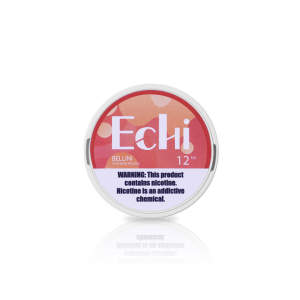

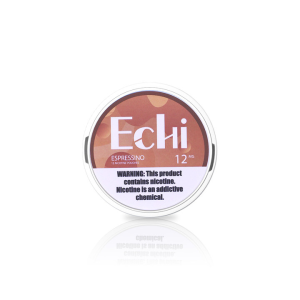

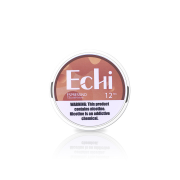

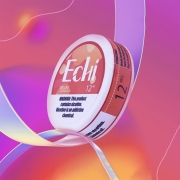

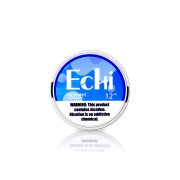




Leave a Reply
Want to join the discussion?Feel free to contribute!